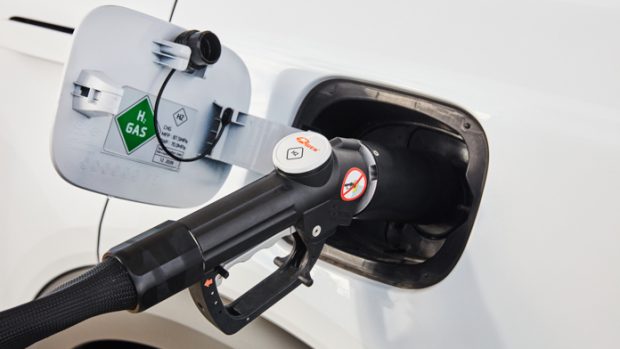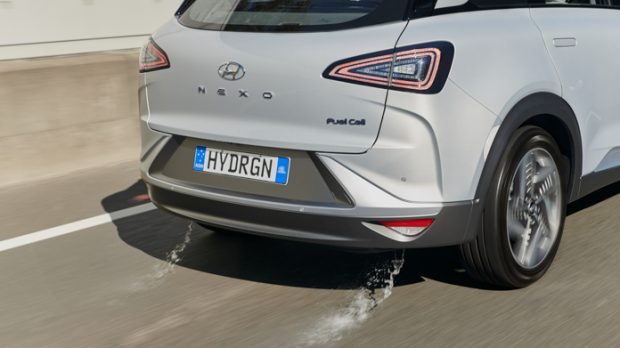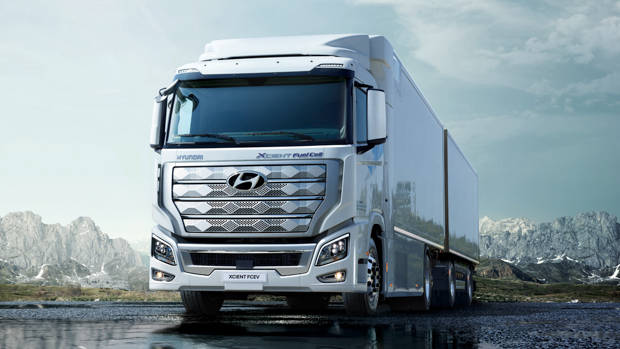-
Car Reviews
- All reviews
- Midsize SUVs
- Small cars
- Utes
- Small SUVs
- Large SUVs
- Large cars
- Sports SUVs
- Sports cars
- Vans
Latest reviews
- Car News
-
Car Comparisons
Latest comparisons
- Chasing Deals
The construction of the first public hydrogen refuelling station marks an important milestone for the fuel slated to be a critical element in our future transport infrastructure.
Australia’s first publicly accessible hydrogen refuelling station has been officially opened in Canberra marking a critical step forwards for the emerging technology.
The station owned by ActewAGL is the first of many hydrogen refuelling stations expected to open in Melbourne, NSW, South Australia, Western Australia, Queensland and Tasmania across the next few years.
The opening coincided with the launch of Hyundai’s new Nexo midsize SUV which is the first hydrogen-powered car registered in the country after passing our stringent Australian Design Rule standards so it could officially go on sale.
The first 20 Nexos coming to Australia will be used by the ACT government as fleet vehicles with private buyers and businesses also able to order a Nexo on request.
Hydrogen-fuelled electric cars have a key advantage over their battery-powered siblings with their ability to be refuelled in a matter of minutes as opposed to recharging an electric vehicle which can often take well over an hour to be fully topped up, even with a 350kW rapid charger.
Both technologies produce zero emissions at the tailpipe, with hydrogen used to generate electricity for the electric motor to use with a bi-product of purified air and water in the process.
Scott Nargar, head of future mobility at Hyundai Motor Company Australia, previously told Chasing Cars commercial vehicles would rely on hydrogen in the future.
“Everything that is heavier and uses diesel today will more than likely use a fuel cell (hydrogen) in the future,” he said.
Mr Nargar said hydrogen fuel is already being used for commercial vehicles in Europe, with Hyundai planning to roll out hydrogen-powered trucks to North America and China in the near future.
Hydrogen fuel cell technology would not only negate the need to carry a large volume of heavy batteries to reach the required range but also the long charge times which could take well over an hour to charge – even with the class-leading 350kW charging speed.
In comparison, Mr Nargar said hydrogen-powered trucks could fill a 30-40 litre hydrogen tank in around 10-15 minutes, which could make a move away from diesel fuel possible.
Latest news
About Chasing cars
Chasing Cars reviews are 100% independent.
Because we are powered by Budget Direct Insurance, we don’t receive advertising or sales revenue from car manufacturers.
We’re truly independent – giving you Australia’s best car reviews.


